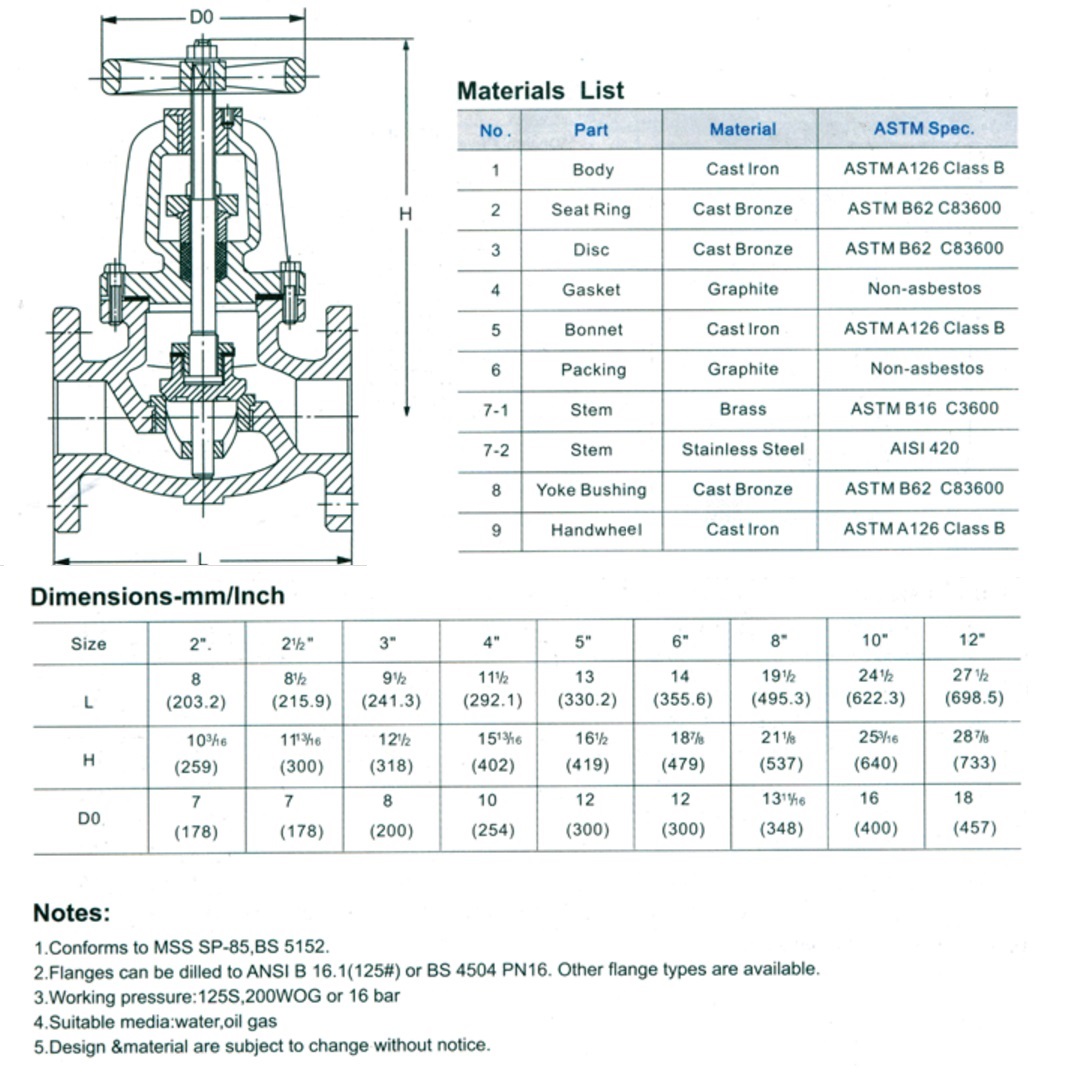China University of Science and Technology Co., Ltd. to synthesize a new single crystal nanoribbon material with room temperature and multiple iron
Recently, the research team of Prof. Li Xiaoguang of the University of Science and Technology of China, in collaboration with the Research Group of the Li Jianqi Research Institute of the Institute of Physics of the Chinese Academy of Sciences, designed and synthesized a new single crystal nanoribbon material with room temperature multiferroic properties. The results of relevant research were published in the Nature Publishing Group's Scientific Reports.
Multiferroic materials have ferroelectric and (reverse) ferromagnetic and other ferromagnetic sequences. Due to their unique magnetoelectric coupling effects, they have broad application prospects in fields such as novel magnetoelectric sensors and high-performance information storage. Using the coexistence, competition, and coupling of various sequences in multiple sequential quantum materials, the quantum control of the electromagnetic behavior of materials is a completely new scheme that is different from traditional semiconductor microelectronics, and is the development direction of new electronic technologies in post-Moore era. one.
In the exploration of multiferroic new materials, Dr. Dong Xining of Prof. Li Xiaoguang’s research group collaborated with the research group of the Jianzhi Institute of Physics of the Institute of Physics of the Chinese Academy of Sciences to design and synthesize a Bi 4.2K0.8Fe2O9+5 single crystal nanoribbon with room temperature multiferroic properties. The new material, which is isomorphic to the high-temperature superconductor material Bi2Sr2CaCu2O8+5, has structural features different from those of the conventional multiferroic materials. The crystals are alternately arranged in the c-axis direction from perovskite-like layers and well-insulated salt rock layers that are structurally similar to barium ferrite, and thus have a natural magnetoelectric-dielectric superlattice structure and exhibit at room temperature. Significant magnetoelectric coupling effect. This novel structure of multiferroic nanomaterials may help to build micro-magnetic devices.
The research was funded by the National Natural Science Foundation of China and the Ministry of Science and Technology.
Globe valve is a forced-sealed valve, so the valve is closed, the pressure must be applied to the valve flap to force the sealing surface does not leak. When the medium from below the valve into the valve, the operating force needed to overcome the resistance is the valve stem and packing friction and the thrust generated by the media pressure, off the valve force than the valve open, so the valve stem The diameter should be larger, otherwise it will happen valve stem bend. According to the connection is divided into three kinds: flange connection, threaded connection, welding connection.When the globe valve is opened, the flap opening height is 25% ~ 30% of the nominal diameter, the flow rate has reached the maximum, indicating that the valve has reached the fully open position. Therefore, the full-stop position of the valve, valve stroke should be determined.
Material: Cast Iron
Type: Flanged
Standard: MS SSP-85, BS5152
Flange standard: ANSI B16.1, BS4504 PN 16
Size: 2" to 12"
Application: Pipelines with Water, Oil, Gas.
All other details or types, please send free requirments.

Globle Valves,Flanged Globle Valve,Cast Iron Globle Valve,Ductile Iron Globle Valve
HEBEI ZIFENG NEW ENERGY TECHNOLOGY CO.,LTD. , http://www.zifengpipeline.com